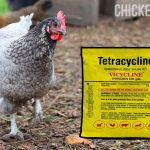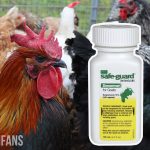Botulism In Chickens: Causes, Treatment And Prevention
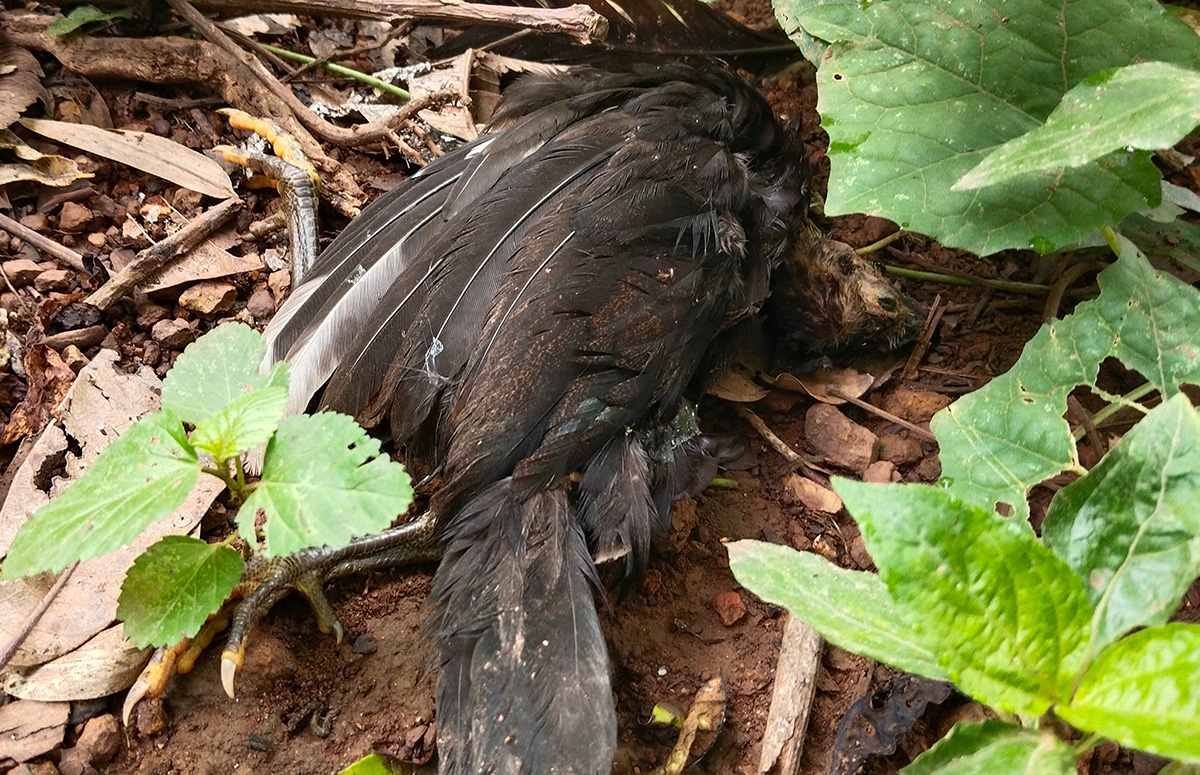

Keeping chickens can be a rollercoaster, and botulism can cause some serious backyard drama. It is a sneaky and serious threat, like an invisible bomb that can mess up the peace around your chicken coop. Let’s dive into botulism, breaking it down so chicken owners can understand it better and learn how to deal with it.
What is Botulism in Chickens?
Botulism in chickens is a severe, often fatal condition caused by ingesting Clostridium botulinum toxins, leading to paralysis and death. Poultry owners must identify and treat it immediately, but moreover, they must prevent it from keeping their flock healthy.
What Causes Botulism in Chickens?
Botulism in chickens is caused by eating a toxin from the Clostridium botulinum bacteria. This can happen when chickens consume spoiled food, dead animals, or insects. The bacteria thrive in warm, moist conditions, making contaminated or dirty environments a big risk factor for chickens.
Clostridium botulinum is a bacterium that produces a powerful poison, botulinum toxin. This bacterium is active, forms spores to survive harsh conditions, and thrives without oxygen. It creates eight different botulinum neurotoxins, which are known to be incredibly potent and dangerous to many living organisms.
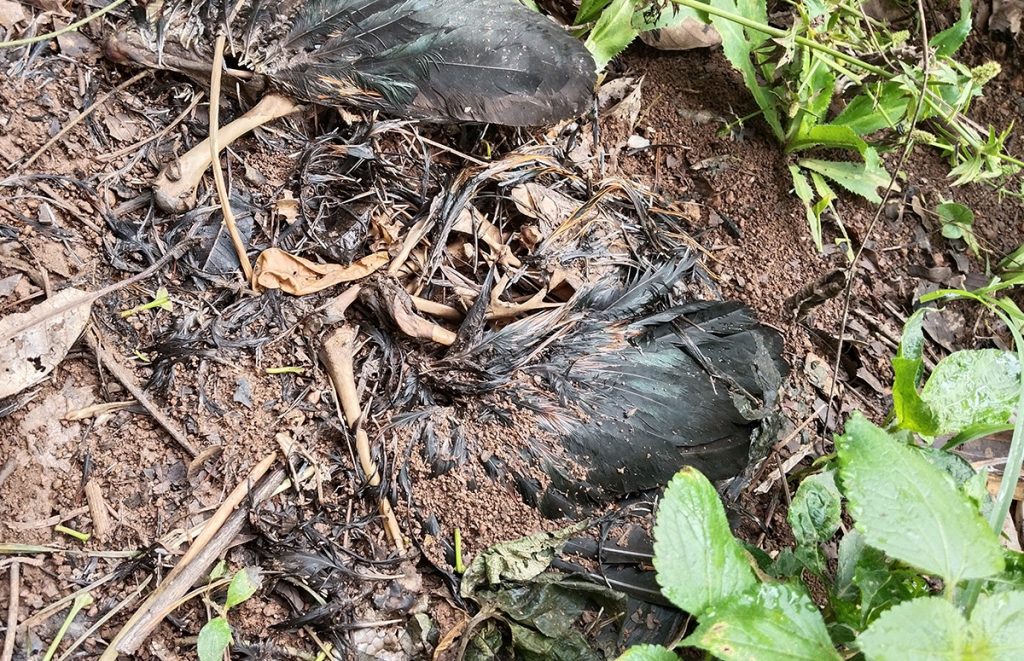
Botulinum neurotoxins or BoNTs are “the most toxic naturally occurring substances known to man,” according to a study titled “Botulinum Toxin: From Poison to Remedy,” published in Neurotoxicology, 1997.
How Chickens Get Botulism?
Chickens get botulism orally when eating spoiled feed, rotting veggies, infected carcasses, and maggots living in infected carcasses.
The botulism spores are everywhere, from dust and soil to untreated water and decaying matter. One of the main risk factors for botulism outbreaks is hot weather paired with heavy rain showers.
Less frequently, chickens contract botulism through wounds. Wound botulism develops when Clostridium botulinum spores inhabit wounds and start to grow and produce toxins.
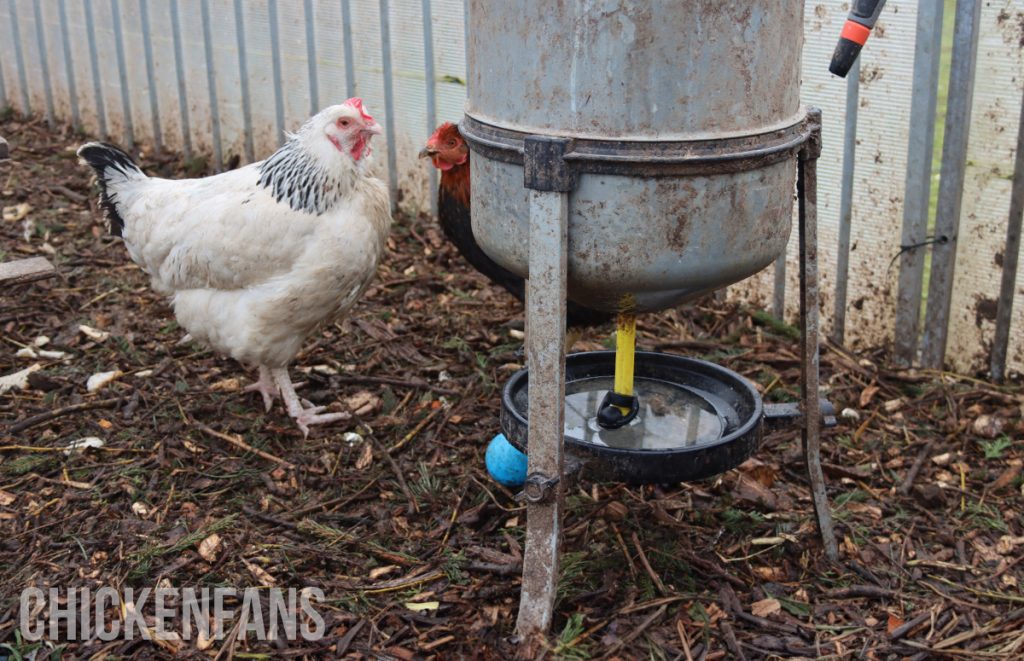
Chicken keepers must remember that botulism cannot be spread from one chicken to another. However, since all flock members are more or less exposed to the same source, botulism often affects more chickens at once.
Botulinum toxin affects the nerves. Upon ingestion, the neurotoxin travels and binds to the nerve endings, eventually resulting in impaired muscle movement, weakness, and paralysis.
Chickens die when the toxin spreads to the muscles involved in breathing (a condition called respiratory paralysis).
Can Humans Catch Botulism from Chickens?
There is a very small risk that humans catch botulism from chickens, but it is very unlikely. Humans usually get botulism from eating contaminated food, not from chickens. However, handling chickens or their environments can expose you to bacteria, so cleanliness is key to preventing botulism in humans and chickens.
Symptoms of Botulism in Chickens
The symptoms of botulism in chickens include a limp neck, muscle weakness/paralysis, droopy eyelids, droopy wings, difficulty swallowing, and difficulty breathing. Diseased birds can be seen lying or sitting, hunched over, and unable to stand or keep their heads up.
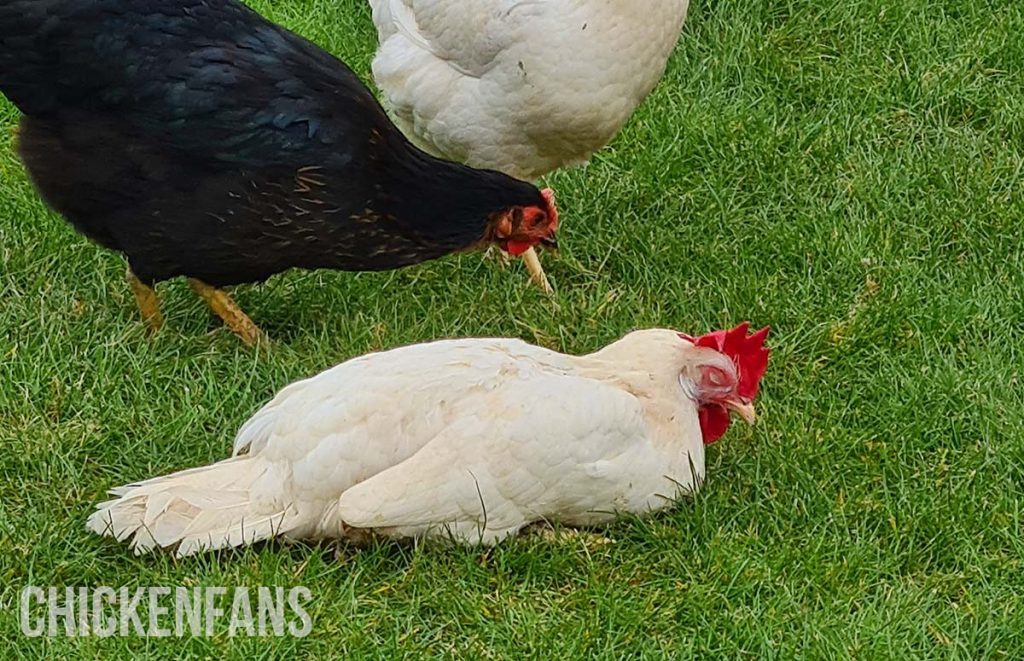
“Cyanotic comb and wattle, dyspnea, different degrees of flaccid paralysis in the neck, and detachment of feathers” are frequently reported clinical signs of botulism in chickens, according to a study titled “Outbreak of Avian Botulism in a Backyard Poultry Farming” published in 2021 in the Brazilian Journal of Animal and Environmental Research.
Botulism typically affects several flock members at the same time, and in most cases, the largest and seemingly healthiest chickens are diseased, which reflects the normal bird feeding behavior.
When Do Botulism Symptoms Start?
Botulism symptoms, in most cases, start to appear between 12 and 48 hours after ingesting the toxin. The symptom progression rate depends on the amount of ingested toxin.
Diagnosis of Botulism in Chickens
Chicken botulism is diagnosed based on history, clinical signs, physical exam, and laboratory tests. Necropsy is another option; however, when examined post-mortem, the chicken’s body seems normal since there are no lesions specific to botulism.
Chicken keepers must suspect botulism outbursts if more than one bird in the flock suddenly develops floppy paralysis. Whenever there is a suspicion of botulism, it is essential to search for the source of the toxin.
Establishing the toxin’s presence in the serum or digestive content of sick chickens, in the feed, or in samples from the environment confirms the diagnosis.
Clinical signs are not enough to diagnose botulism in chickens. Leg weakness and paralysis, as seen in mild cases, develop with other conditions, too, requiring a differential diagnosis.
Other conditions to consider when suspecting botulism include:
- Marek’s disease (acute, transient form)
- Appendicular skeletal problems
- Enterococcal spondylitis and osteomyelitis
- Intoxications with drugs and chemicals
Treatment of Botulism in Chickens
The treatment of botulism in chickens is based on supportive care, activated charcoal, antitoxin therapy, and homeopathic remedies.
Supportive Care
Supportive care is the first step toward treating botulism. It starts with isolating the bird. Move the chicken to a safe, stress-free environment away from the sun or potential predators.
Do not force food or water because sick chickens cannot swallow, and syringe feeding can result in aspiration pneumonia (it is safe to give food/water once they are able to lift their heads and start to cluck).
Activated Charcoal
Activated charcoal does a great job of absorbing the botulinum toxin from the chicken’s digestive tract. Activated charcoal is given orally at 1 gram per kilogram of body weight twice a day during the first 24-48 hours.
Antitoxin Therapy
Antitoxin therapy is very effective in treating botulism. Anaerobe published a study, “Antitoxin Therapy of Natural Avian Botulism Outbreaks Occurred in Brazil,” in 2017. In the study, the use of a commercial botulism antitoxin CD had a 96.5% success rate, resulting in full recovery in 28 out of the 29 treated birds within 24 to 72 hours.
Homeopathic Remedies
Popular homeopathic remedies for botulism are Carbo veg and Nux vomica; however, used alone, they have limited efficacy.
Is Botulism in Chickens Life-Threatening?
Yes, botulism in chickens is life-threatening. “Botulism is a potentially lethal disease,” and “rapid and sensitive detection” is essential for preventing death, according to a 2013 paper “Botulism: Pathogenesis, Diagnosis and Prevention.”
Prevention of Botulism in Chickens
You can prevent botulism in your flock. Here are eight simple prevention tips.
- Do not feed chickens rotting vegetables (like cabbage), spoiled bird feed, or maggots
- Make sure the feed is always provided in containers instead of spilled on the ground
- Be diligent if feeding the chickens fermented foods or home-preserved foods
- Discard old and wet food safely and in a place the chickens cannot reach and peck at
- Clean spilled feed from the pen and clean the water containers on a daily basis
- Remove dead chickens daily and burn or bury them one foot or more into the ground
- Prevent access to compost and standing water (like swamps, wetlands, or deep mud)
- Use toxoid vaccines (not cost-effective in commercial and backyard chicken flocks)
Conclusion
Botulism in chickens is a life-threatening disease caused by the neurotoxin botulinum produced by Clostridium botulinum. Birds typically get infected orally.
The disease manifests in muscle weakness and paralysis, and chickens die when the paralysis reaches the muscles involved in breathing.
Botulism in chickens is treatable; however, most chickens die unless the condition improves in 24 to 48 hours. Preventing botulism is much simpler than treating a diseased flock.

Dr. I. Crnec is a licensed veterinarian with several years of experience. She has published work on the effect of vitamin supplementation, egg-laying performances of chickens under heat-stress conditions and the effects of calcium supplementation on eggshell strength.


